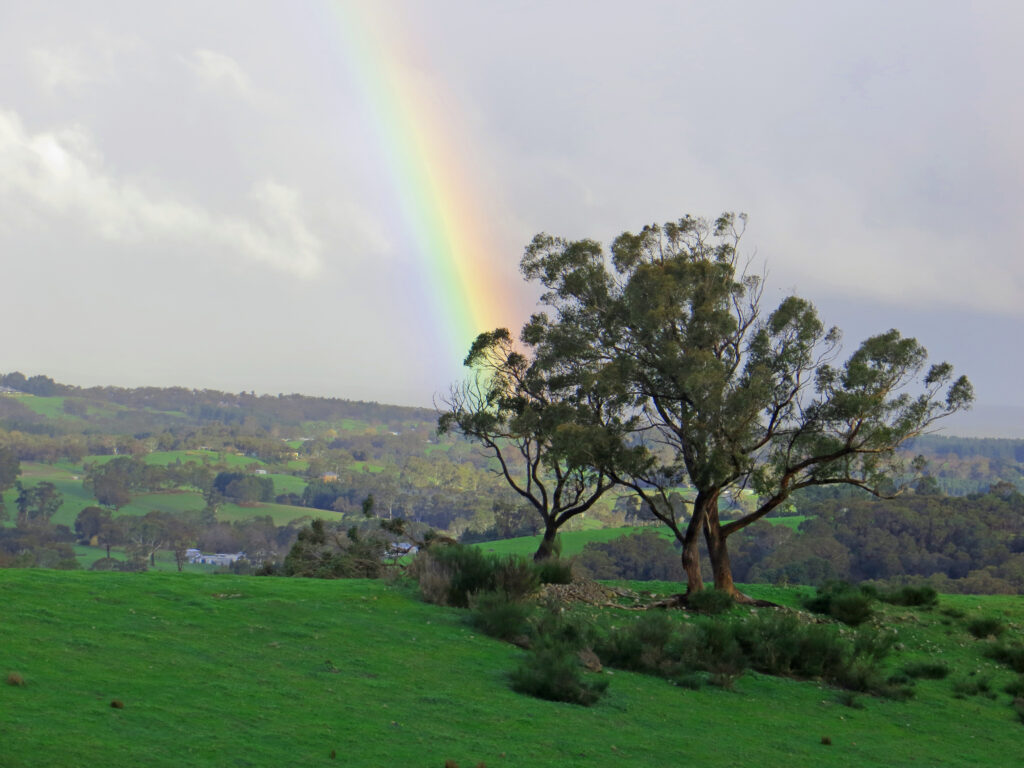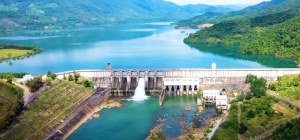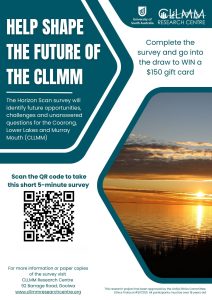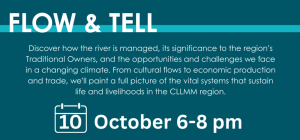Adelaide Rainfall Study Reveals Increases in Short, Sharp Downpours
New research undertaken by the University of Adelaide through the Goyder Institute for Water
Research evaluated changes in high-intensity, short-duration rainfall events in the Greater
Adelaide region. These short, sharp rainfall events inform the design and management of
stormwater infrastructure. This research, funded by the South Australian Department for
Environment and Water, delved into decades of data from local weather stations, to determine
how these important events have changed over time.
What you need to know:
Intense, rapid downpours are on the rise. The research revealed short duration rainfall events
lasting between 10 minutes and an hour or so are becoming more intense. This means our rain
is falling in sharper bursts much more than before. But at the same time, it was also found the
yearly rainfall totals are decreasing, meaning the recent drought conditions are likely to occur
more frequently in the future.
Integrating the latest climate change guidance is essential for future infrastructure design:
Understanding the impact of these intensifying rainfall patterns is vital for future flood planning
and stormwater management so that our infrastructure is resilient to these future changes. The
outcomes of this local study align with the recommendations of the recently updated climate
change guidance in the national guidelines for flood estimation, Australian Rainfall and Runoff.
Authorities and planners are encouraged to evaluate site-specific risks and plan in line with the
national guidelines, particularly how these potential rainfall changes could impact our existing
and future stormwater systems.
The future is in bringing data together:
As rainfall changes will continue to impact on Adelaide’s water management the best opportunity to understand these changes is by combining data from local weather stations, with cutting-edge rainfall radar, and climate models.
Lead Researcher Dr Mark Thyer, Associate Professor in Civil and Environmental Engineering at the University of Adelaide, explains:
“Climate scientists have been predicting for a long time that we need to get ready for more floods and droughts in the future. This study shows we can now see these changes in rainfall observations in the Adelaide region. There are more intense short storms and less average annual rainfall.”
“This research also confirms what people in the community have been saying – it rains less often, but when it does, the rain is much more intense, adding to the evidence that climate change is no longer a prediction of the future – it is happening now.”
“South Australia, being the driest state in the driest continent, has always been good at adapting to climate variability. We need to continue to innovate and invest in smarter, adaptive approaches for water management to provide resilience to a more variable future climate.”
Dr Alec Rolston, Director of the Goyder Institute for Water Research, says the findings are a timely reminder of the central role water plays in the state’s future.
“Our climate is changing, and water is at the forefront of everything we do including our state’s development in terms of how much water is available, its quality, and how we manage it.”
“This important research is showing that we are likely to see more frequent intense shorter downpours and less rainfall over longer periods.”
“Adelaide, as well as other regions in South Australia and beyond, must think about how water is managed within urban and regional catchments and whether our systems can cope with the expected future changes in rainfall.”
“Investing in the science to underpin our future decision making is critical for our state’s development.”
Further Information
The full report, Analysis of changes in rainfall events in South Australia is available here.
About the Goyder Institute for Water Research
The Goyder Institute for Water Research is a collaborative partnership of the South Australian
Government through the Department for Environment and Water, Australia’s national science
agency, CSIRO, Flinders University, the University of Adelaide and the University of South
Australia.
Funding Acknowledgement
This research was funded by the South Australian Department for Environment and Water.
For media enquiries, please contact:
Dr Alec Rolston
Director, Goyder Institute for Water Research
Phone: 0405 846 275
Email: director@goyderinstitute.org
Website: www.goyderinstitute.org



